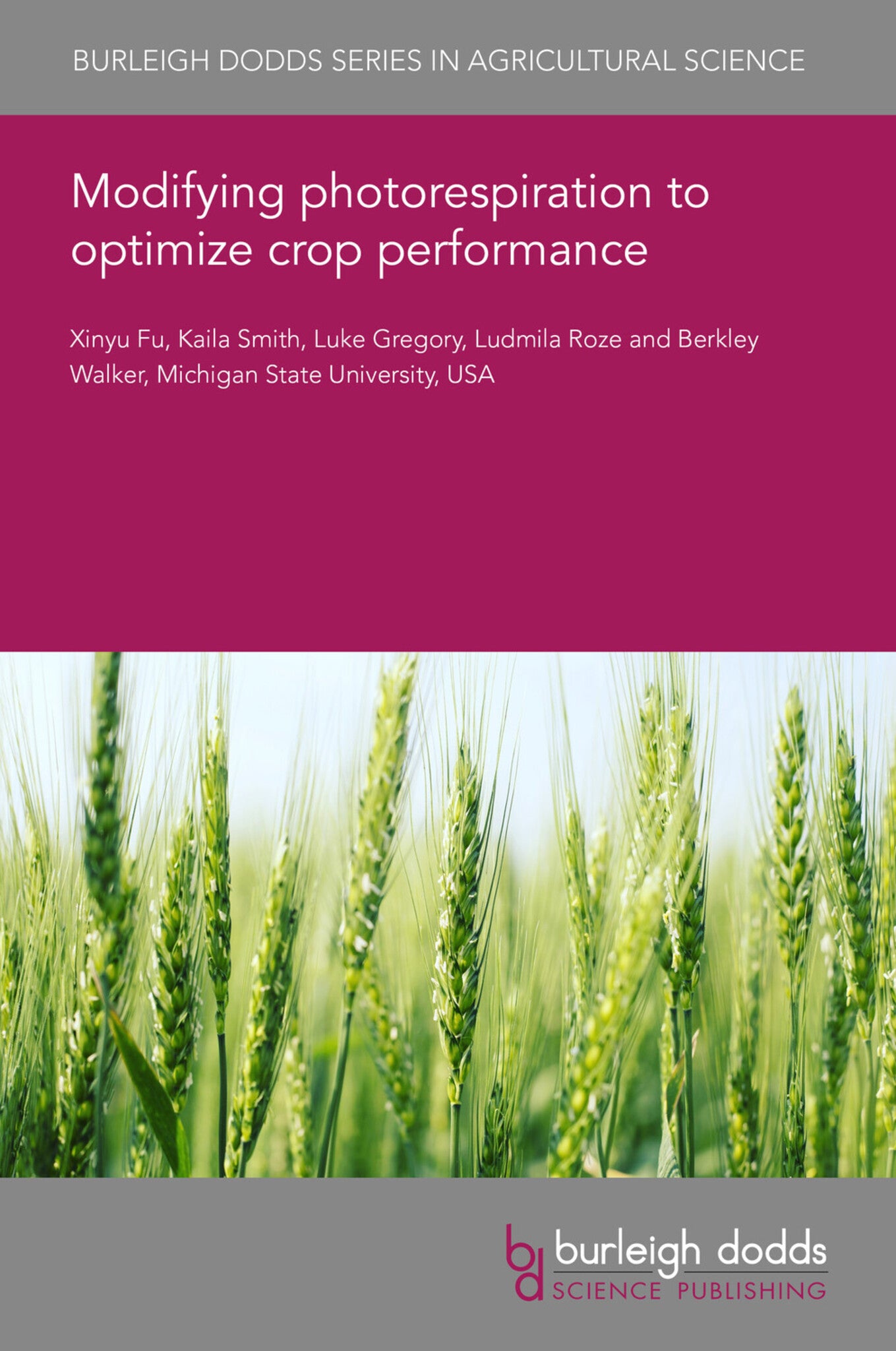We're sorry. An error has occurred
Please cancel or retry.
Modifying photorespiration to optimize crop performance

Some error occured while loading the Quick View. Please close the Quick View and try reloading the page.
Couldn't load pickup availability
- Format:
-
30 August 2022

The initial reaction of CO2 fixation has a shared specificity with oxygen, resulting in the formation of 2-phosphoglycolate, an inhibitory sugar. 2-phosphoglycolate is detoxified by photorespiration, but this recycling requires energy and releases carbon, substantially reducing rates of net CO2 fixation in many crop plants. Many strategies are in development to modify native photorespiration and more efficiently detoxify intermediates of photorespiration to boost subsequent net carbon assimilation and crop productivity. Current approaches include increasing the activities of enzymes present in native photorespiration to minimize the pool sizes of inhibitory intermediates or replacing native photorespiration with novel pathways that process 2-phosphoglycolate with improved carbon-conserving, or even fixing, series of reactions. There are also developments in improving photorespiration under elevated temperatures, which occur under typical growing conditions but are outside the scope of many lab-based studies. We finally discuss the potential for improving photorespiration under non-steady-state conditions, which are a hallmark of field crop production systems.

TECHNOLOGY & ENGINEERING / Agriculture / Agronomy / Crop Science, Plant biology, TECHNOLOGY & ENGINEERING / Agriculture / Sustainable Agriculture, Agronomy and crop production, Sustainable agriculture, Agricultural science

- 1 Introduction
- 2 Photorespiration: the good, the bad and the inevitable
- 3 Recent efforts to improve photorespiration
- 4 How can photorespiration beat the heat?
- 5 Photorespiration under non-steady-state conditions: could this improve carbon and nitrogen budgets?
- 6 Conclusion
- 7 Where to look for further information
- 8 References



